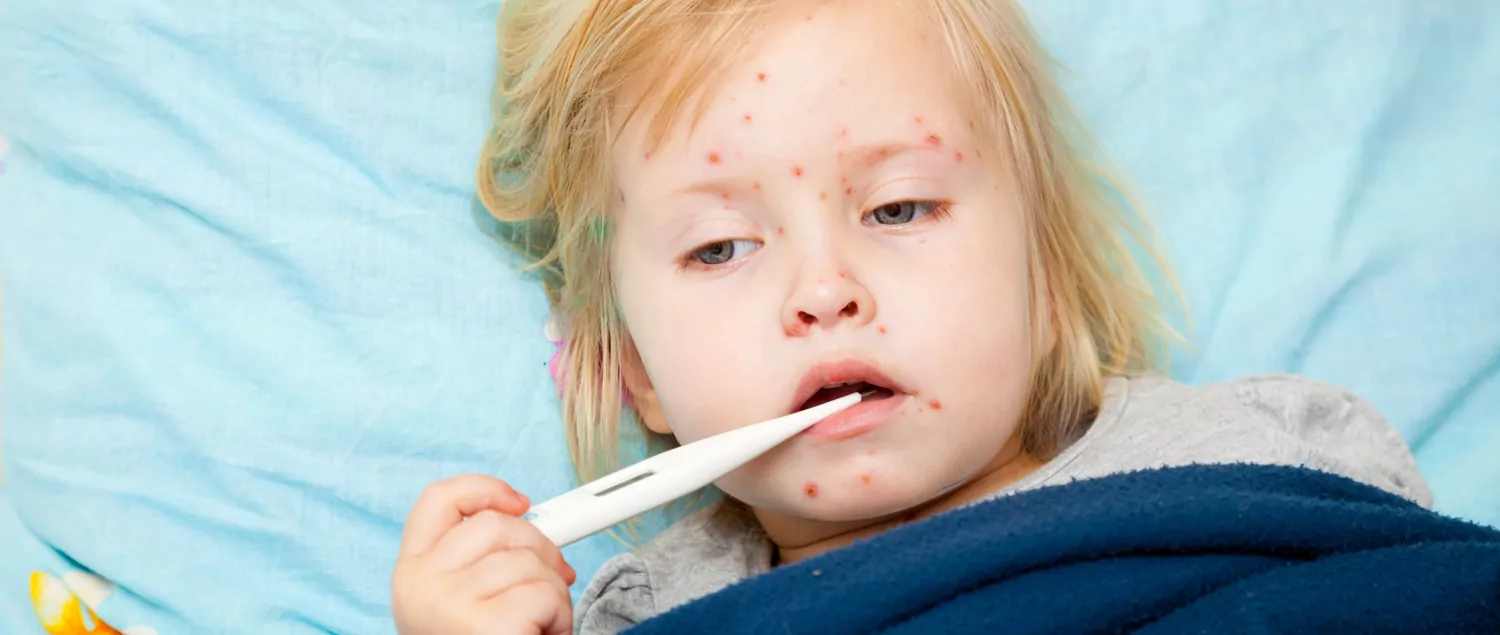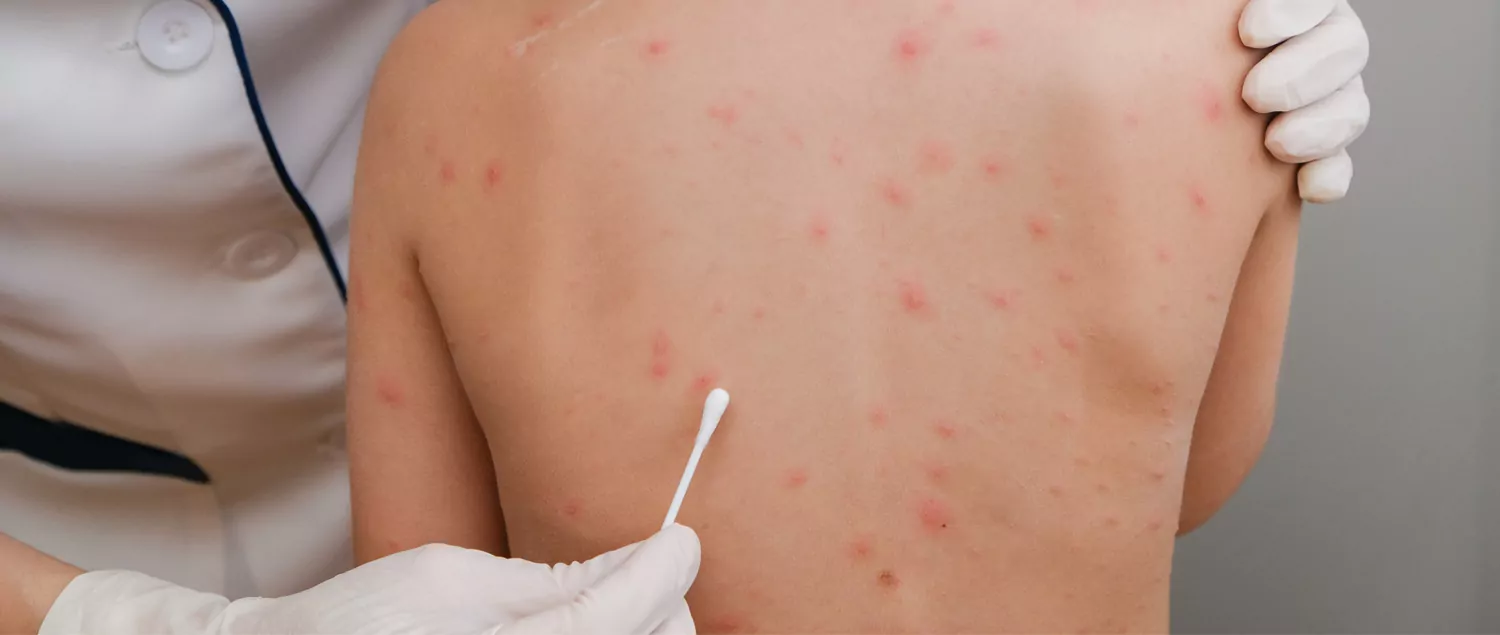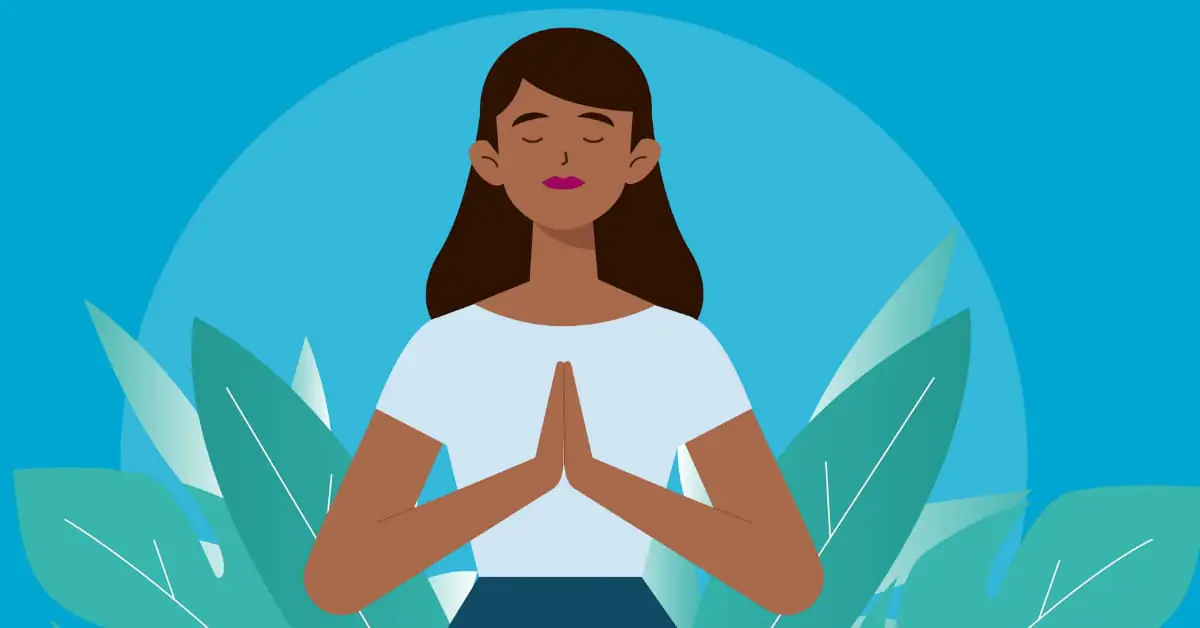What is Chickenpox? What are the Symptoms?
Chickenpox is a contagious infectious disease caused by the Varicella zoster virus. It is also called varicella or Varicella zoster because it is caused by the Varicella zoster virus. Chickenpox is a disease that causes mild symptoms. However, if it occurs again as shingles, it can cause serious health problems. However, newborn babies, pregnant women and people with weakened immune systems are at risk of chickenpox. However, some people can develop lifelong immunity despite one exposure to the virus. It is rare to get chickenpox more than once.
What is Shingles?
Once you have been infected with the varicella virus, it can remain inactive in the body. Years after chickenpox, the virus reactivates and causes shingles, a painful cluster of blisters. This means that people who have had chickenpox are at risk of shingles. Adults and the elderly, especially those with weakened immune systems, are more likely to develop shingles. People over 50 are vaccinated to prevent shingles. However, to be vaccinated, you should consult a doctor and get information about the side effects.
Chickenpox Symptoms
Symptoms appear between 10 and 21 days after exposure to the chickenpox virus. The first symptoms are spots that appear in different colors depending on the skin color. However, the symptoms are quite easy to identify. The most obvious symptom of chickenpox is a rash on the skin. Other symptoms of the disease include:
- Fire
- Mild fatigue
- Loss of appetite
- Abdominal pain
- Itchy small blisters on the skin
- Swellings on the body filled with white fluid
- Blemished skin
- Crusted spots on the skin (crust forms after the blisters burst)
Chickenpox causes mild symptoms but can also cause serious complications. Particularly serious complications are often observed in adults. Serious complications caused by chickenpox include
- Dehydration
- Lung infection
- Brain infection such as encephalopathy
- Bleeding problems
- Bloodstream infection
- Liver diseases
- Skin infections, vomiting and shortness of breath in children

How does chicken pox happen?
After exposure to the chickenpox virus, the incubation period begins. This period lasts for two weeks and there are usually no symptoms. After this process, the disease gradually unfolds in three stages. The stages of chickenpox are as follows;
- Stage 1: Small red, pink, darker or the same color spots appear on the skin. It is limited to a small area in any part of the body. These points can be painful. It lasts for a few days.
- Stage 2: The spots that appear on the skin fill with fluid and turn into blisters. The blisters are pink, shiny and itchy. However, it can burst with touch and itching. Scratching the blisters causes sores on the skin. The blisters burst within 1 to 2 days.
- Stage 3: The bubbles burst, resulting in the formation of crusts. Some of the crusts flake off, while others ooze fluid. This phase covers a period of several days.
Rashes occur in 3 stages. But the disease does not occur simultaneously in all parts of the body. In other words, in one part of the body, the rashes may have just formed, while in another part, the blisters may have burst and crusting may have started. The rashes that occur in the disease can last up to about 10 days.
How is chickenpox transmitted?
Chickenpox can be easily transmitted from a person infected with Varicella zoster virus. It can spread quickly, especially to people who have never had the disease or have not been vaccinated. The disease is transmitted even by touching the rash or blisters of an infected person. Chickenpox can be transmitted through bodily contact, as well as through contact with the patient’s bodily fluids, such as coughing and sneezing. In particular, the disease is contagious until the crusting of all the blisters occurs. Vaccinated people may develop blisters that do not crust over. In this case it is considered to be contagious until new blisters form in up to 24 hours.
What Causes Chickenpox?
Varicella zoster virus is the only cause of chickenpox. Infected people can transmit the virus to healthy people through saliva, sneezing, coughing and contact with the fluid in the blisters. Some people can become infected with Varicella zoster virus more easily in terms of their physical health. he’ll get sick. Conditions that increase the risk of getting chickenpox include
- Those with a weak immune system
- Organ transplant patients
- Use of immunosuppressive drugs such as steroids
- Newborns
- Patients receiving chemotherapy treatment
- Premature infants exposed to varicella zoster virus
- Pregnant women with weak immunity to chickenpox
- People with HIV and AIDS
- Patients with immunodeficiencies such as pneumonia, hepatitis and encephalitis
- People spending time in high-risk areas who have not been vaccinated or have not had chickenpox
How does chickenpox pass?
There is no specific treatment for chickenpox. It heals within 1 to 2 weeks without the need for treatment. Because it is a viral disease, antiviral drugs may be prescribed as a treatment for chickenpox in adults. There are also treatment methods to treat serious complications that occur in adults. However, to reduce the likelihood of chickenpox transmission, vaccination is necessary. Some practices can be used to manage complications of chickenpox. The doctor will advise patients on how to minimize the effects of itching and symptoms and how to prevent the infection from spreading. Here are the general recommendations the doctor gives to patients:
- Dehydration (excessive loss of fluid from the body) may occur due to infection. To prevent this, fluid consumption should be increased.
- Warm baths should be taken to reduce irritation on the body.
- Redness and blisters should not be scratched. If it itches, chicken pox marks may remain on the skin.
- Washing the skin with cold water can reduce the itching sensation. The skin should be dried without rubbing.
- Loose clothing that does not stick to the blisters should be worn.
- Increased sweat and body temperature cause increased itching. Therefore, applying compresses with a wet cold cloth to itchy areas relieves itching.
- Isolation is done at home or in hospital to prevent contagion. In particular, contact with people at risk for chickenpox should be avoided.
- If you scratch your skin, your hands should be washed with plenty of soapy water to prevent transmission of the disease to healthy individuals as a result of contact with blisters and rashes.
- Children should avoid social contact areas such as schools, kindergartens and playgrounds for the duration of the illness.
- To protect yourself against chickenpox, you must be vaccinated.
What to do if a child has chickenpox?
Chickenpox in children and babies does not cause serious complications. Therefore, in order to alleviate the baby’s and child’s pain and discomfort, you can seek advice from your doctor and apply treatment methods to alleviate the discomfort. In children with chickenpox, the following can be done:
- Children’s fingernails should be kept short to prevent them from scratching their bodies. However, wearing socks and gloves on the hands prevents scratching.
- Scratching the blisters by children prevents the formation of sores and skin infections.
- The child’s water consumption should be monitored. The child may develop dehydration due to fever.
- Children may experience sweating due to fever. Therefore, the skin is kept dry by changing clothes frequently.
- Children’s and babies’ clothes should be as loose and soft as possible.
Except for body lotions and medicines recommended by your doctor, they should not be given to your child. However, medicines such as aspirin and antibiotics that the doctor has not prescribed should not be given to the child.
What is the Chickenpox Vaccine?
The best way to protect against the varicella virus is the chickenpox vaccine. It is administered as part of the childhood vaccination program. Vaccination in children varies depending on whether they have had the disease or not. Each individual who has not had the disease is administered 2 doses of vaccine at appropriate intervals according to their age group. Vaccination practices according to age groups include:
- Infants At 12 to 15 months of age, the first dose of the vaccine is administered.
- Children: Between 4 and 6 years of age, the second dose of the vaccine should be administered. The second dose provides extra protection against the virus. The second dose of vaccine is given to children who have never been exposed to the virus.
- Adolescents and adults: Children aged 7 to 12 years who have not had chickenpox and were not vaccinated in infancy receive 2 doses 3 months apart. Children over 13 years of age are vaccinated with 2 doses 28 days apart.
Although pregnant women are at risk of chickenpox, it is risky to get vaccinated. However, a doctor should always be consulted about vaccination. The doctor will decide how many doses of vaccine you need based on your medical history and blood tests. If you do not know whether you have been exposed to the varicella virus, you will be screened for antibodies with the ELISA blood test.





